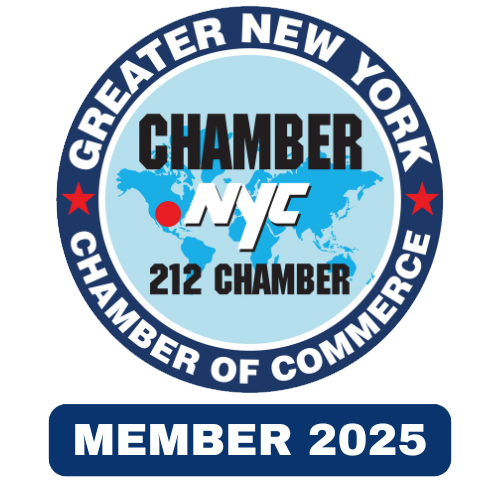Post-Merger Integration Planning: Establishing Leadership at all Levels
Successful post-merger integration must take place rapidly and methodically by translating strategy into comprehensive activities that bring process, people, and technology in line with the integration and value capture goals. To do so, it will require an effective governance structure which is referred to as the Integration Management Office or IMO. Failure to capture deal value is seldom due to an unsound strategy, it is often an outcome of not executing the post-merger integration strategy in an effective and well-timed manner.
A well designed Integration Management Office (IMO) will drive the integration to stay on course and maintain focus on the right activities at the right times. I suggest the following steps in scaling up the IMO by firstly defining the transaction integration strategy, guiding principles, and governance model. This would be followed by an IMO kickoff meeting with cross-functional senior leadership to agree on the following: IMO vision for the integration, management of the integration, integration governance model, steering committee and workstream leaders, high level integration goals, the integration project and transaction timeline, project charter including cross-functional step plans, target operating model, work streams, as well as functions’ participation, data sharing and document control guidance, and integration project plans required, including identifying key PMO leadership at all levels.
Key Considerations for the Integration Management Office Leadership:
- Integration strategy, approach, and guiding principles
- Value drivers and synergy tracking
- Communications and change management timeline and tools
- Cultural integration considerations
- Organization and workforce transitioning
- Business processes and systems integration
- Legal entities separation or integration
- Day-1 considerations
- Go-to-market integration timeline
Ultimately, the IMO is the heart and soul of a successful post-merger integration, it functions as the central touch point for every function involved, and it must be specifically designed to meet the goals and value drivers of each transaction being executed, regardless of the integration approach. The IMO and integration roles establishes the leadership required at all levels. But it must be supported by a well-communicated integration community ecosystem and staffed by experienced resources with a common timeline and methodology vital to guarantee that the post-merger integration delivers the intended deal value.
By Ehab Eshehawi





